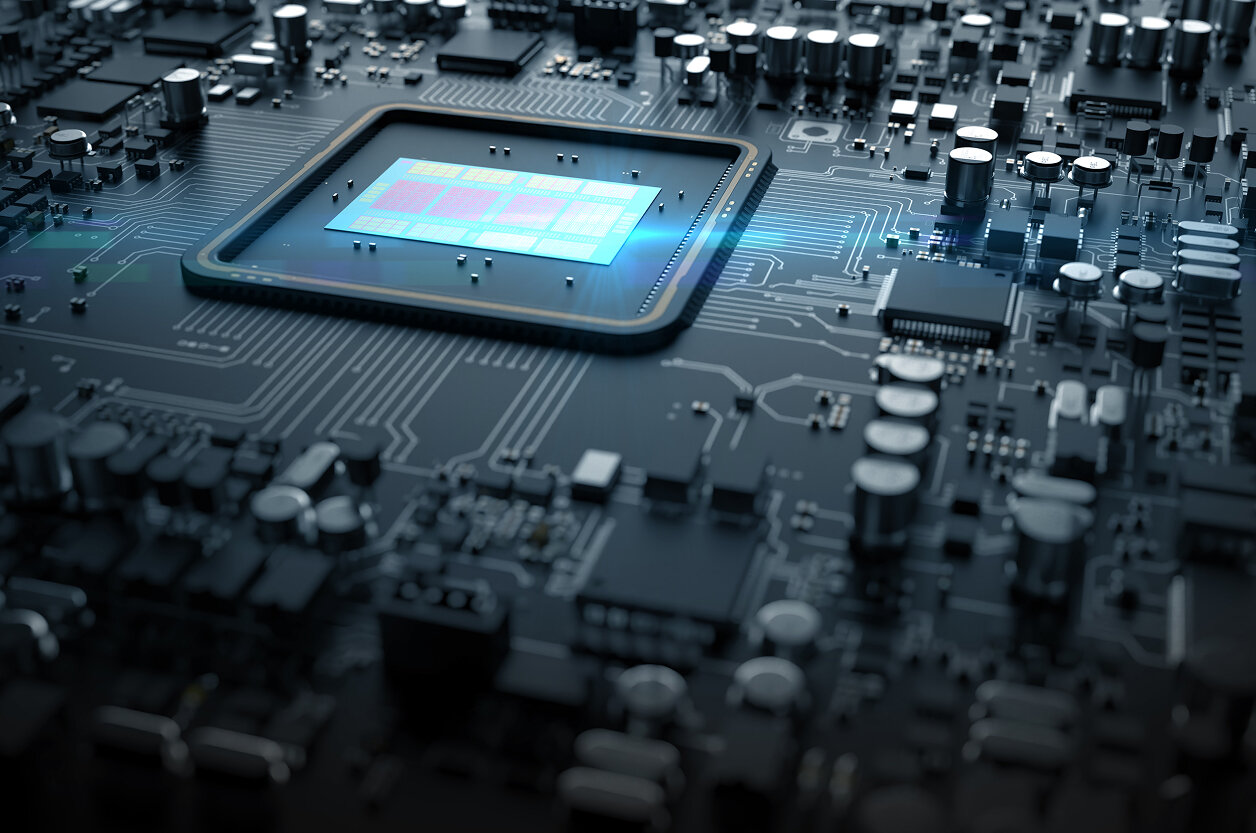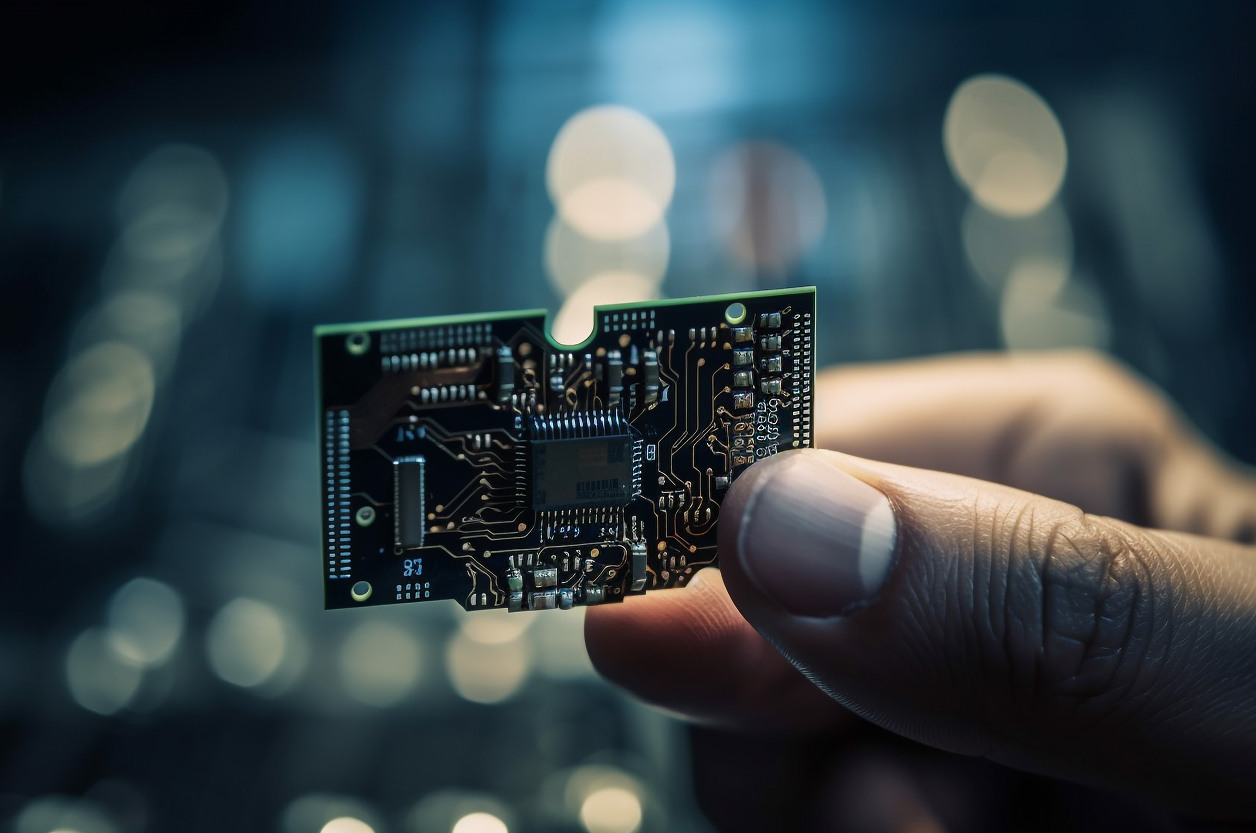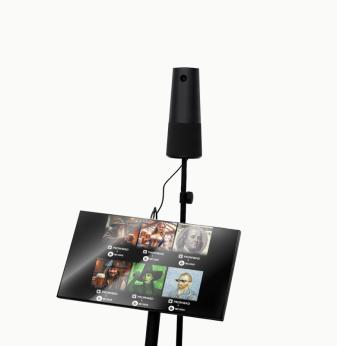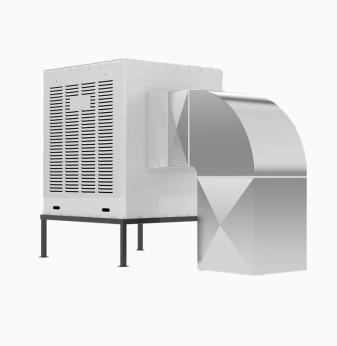Mixed-Reality Assisted Embedded Maintenance: Embedding AR Feedback into Control Units

Industrial systems are becoming more complex, interconnected, and software-driven. As machinery evolves, so does the challenge of maintaining it — especially in environments where every minute of downtime translates into substantial losses. Traditional maintenance manuals and diagnostics dashboards can’t keep up with this complexity. That’s where mixed reality (MR) and augmented reality (AR) step in, transforming how engineers interact with embedded systems during maintenance and troubleshooting.
In 2025, the frontier of smart maintenance is moving beyond digital twins on screens toward direct visual feedback — where the machine itself becomes the interface. With AR-assisted embedded maintenance, technicians see diagnostic overlays projected directly onto equipment, guided by AI-driven analytics running within the system’s embedded control units.
This is no longer futuristic — industries from automotive to energy are embedding AR capabilities directly into hardware, making real-time visualization and decision support available right at the point of service.
Why Maintenance Needs a Reality Upgrade
Even the most advanced embedded devices still rely on human technicians for installation, testing, and repair. But in industrial and energy environments, those systems are increasingly distributed, miniaturized, and connected — think hundreds of embedded controllers managing turbines, robots, or assembly lines.
Manual diagnosis in such ecosystems involves reading sensor logs, navigating multi-layer interfaces, and coordinating remote support. It’s slow and prone to human error. Mixed reality changes the paradigm by integrating visual feedback loops into the control units themselves: the system not only generates data but also visualizes it in a spatial context.
Imagine looking at a machine through AR glasses and seeing:
- The thermal map of a motor superimposed on the device;
- Real-time sensor values and performance graphs floating over components;
- AR-guided repair instructions triggered by detected fault codes;
- Live remote expert annotations aligned with the hardware itself.
This creates a closed human-machine loop, where the embedded controller not only operates machinery but also “communicates” its status visually in mixed reality.
How Embedded AR Feedback Works
Integrating AR into maintenance workflows requires tight coupling between embedded hardware, AI analytics, and mixed reality visualization.
1. Embedded Data Capture and Processing
Modern control units — built on SoCs, FPGAs, or edge AI chips — collect sensor data (temperature, vibration, voltage, current, etc.) and preprocess it in real time. Instead of merely logging data, they structure it for spatial representation: each sensor point corresponds to a virtual coordinate on the device’s 3D model.
2. Real-Time Analysis and Diagnostics
On-device AI models detect anomalies or trends indicating wear, misalignment, or electrical issues. These insights are then translated into semantic layers — color-coded overlays or animated indicators representing current status and recommended actions.
3. AR/MR Visualization
AR devices (e.g., HoloLens, Magic Leap, or mobile AR) connect to the control unit via wireless protocols like Wi-Fi 6 or TSN-enabled Ethernet. The system streams diagnostic overlays and 3D visualizations, synchronized to the machine’s spatial model.
4. Bidirectional Interaction
The feedback loop works both ways: operators can issue commands via gestures or voice, update configurations, or log interventions directly through the AR interface. These actions are executed by the embedded controller and logged into the maintenance system.
This architecture turns the control unit into a collaborative interface — not just a data endpoint, but a hub for immersive, guided interaction.
Real-World Use Cases
1. Automotive Assembly and Diagnostics
In electric vehicle manufacturing, embedded AR assists technicians by showing torque values, wiring paths, and battery safety zones directly on vehicles. The embedded control unit synchronizes with production sensors, highlighting deviations in real time.
2. Power and Energy Systems
Technicians servicing substation electronics can visualize high-voltage isolation points and cable routing with AR overlays. Control units detect unsafe conditions and project visual alerts onto physical equipment.
3. Industrial Robotics
Embedded MR tools display robot joint health, lubrication levels, and calibration errors through 3D holographic indicators. Engineers perform adjustments without referring to separate dashboards.
4. Aerospace and Defense
AR-assisted maintenance reduces cognitive load during complex procedures. Embedded AI in avionics systems flags potential anomalies and guides step-by-step repair via secure mixed reality channels.
5. Smart Buildings and HVAC Systems
Facility managers use mobile AR apps linked to embedded controllers to visualize airflow, detect energy inefficiencies, and update control parameters instantly.
Key Technologies Behind Embedded AR
Several technologies enable the seamless integration of mixed reality with embedded systems:
- Edge AI and On-Device ML: Process sensor data locally to detect anomalies and create visual layers without cloud latency.
- 3D Digital Twins: Maintain synchronized 3D models of equipment, allowing AR overlays to match physical geometry precisely.
- Low-Latency Networking: Use of Time-Sensitive Networking (TSN) or Wi-Fi 6E ensures stable, real-time communication between AR devices and embedded controllers.
- Standardized APIs: OpenXR, OPC UA, and MQTT-based protocols allow unified data exchange between devices and visualization tools.
- Secure Firmware: Embedded systems must ensure data integrity and access control, especially in industrial and defense environments.
When these components work in harmony, AR feedback becomes an integral function of the device — not an add-on.
Engineering and Integration Challenges
Despite its promise, embedding AR feedback directly into control units requires addressing several engineering challenges:
- Compute and Power Constraints: AR rendering and data analytics can be resource-intensive. Embedded designers must balance performance with energy efficiency using heterogeneous computing (CPU + NPU + FPGA).
- Thermal Management: Real-time visualization tasks can heat compact controllers; adaptive cooling design is crucial.
- Standardization of Spatial Data: Aligning AR overlays with physical components demands precise calibration and synchronization.
- Security: AR interfaces must protect operational data from unauthorized access, particularly in remote diagnostics.
- User Training: Operators need intuitive UIs and minimal setup — the success of embedded AR depends as much on UX design as on technical robustness.

Future Outlook: From Guided Maintenance to Autonomous Collaboration
The next step for embedded AR systems is autonomy — where the control unit not only guides the human but also acts preemptively.
Imagine a robotic controller that detects a hydraulic fault, slows down operations, and triggers an AR overlay showing the affected subsystem before a technician even arrives. Or a drone maintenance station that projects 3D thermal diagnostics the moment a component overheats.
In parallel, digital twins will evolve into live mixed-reality interfaces, constantly synchronized with embedded firmware. Maintenance logs, sensor readings, and AI predictions will merge into a single, spatially aware experience.
By 2030, AR feedback will become a standard part of embedded HMI — as essential to maintenance as the touchscreen once was to control panels.
AI Overview: Mixed-Reality Assisted Embedded Maintenance
Mixed-Reality Assisted Maintenance — Overview (2025)
AR-enhanced embedded systems are redefining how technicians interact with industrial and IoT devices. By integrating real-time analytics and spatial visualization directly into control units, mixed reality bridges the gap between digital diagnostics and physical equipment.
- Key Applications: automotive assembly, power grids, industrial robotics, aerospace, smart buildings.
- Benefits: faster repairs, reduced downtime, improved safety, and deeper understanding of system behavior through visual feedback.
- Challenges: compute limitations, calibration accuracy, data security, and user experience design.
- Outlook: by 2030, embedded AR will enable self-explanatory machines — systems that visualize their own status and guide human operators through intuitive, adaptive interfaces.
- Related Terms: AR maintenance, digital twins, edge AI, human-machine collaboration, smart HMI, predictive diagnostics.
Our Case Studies








